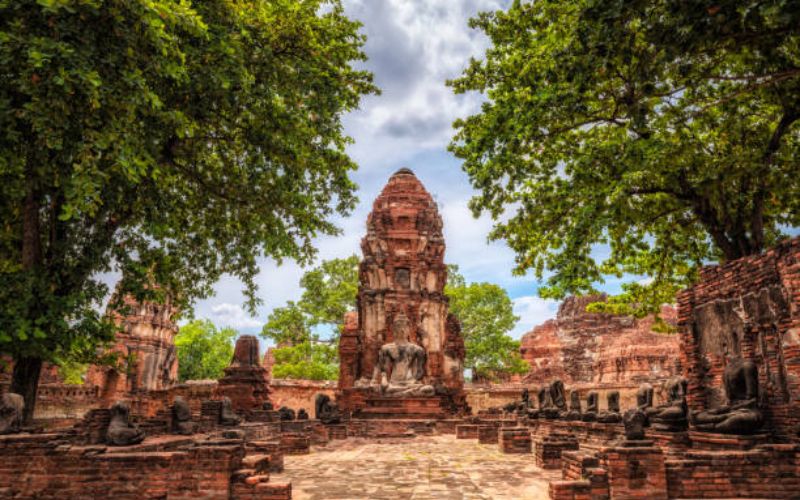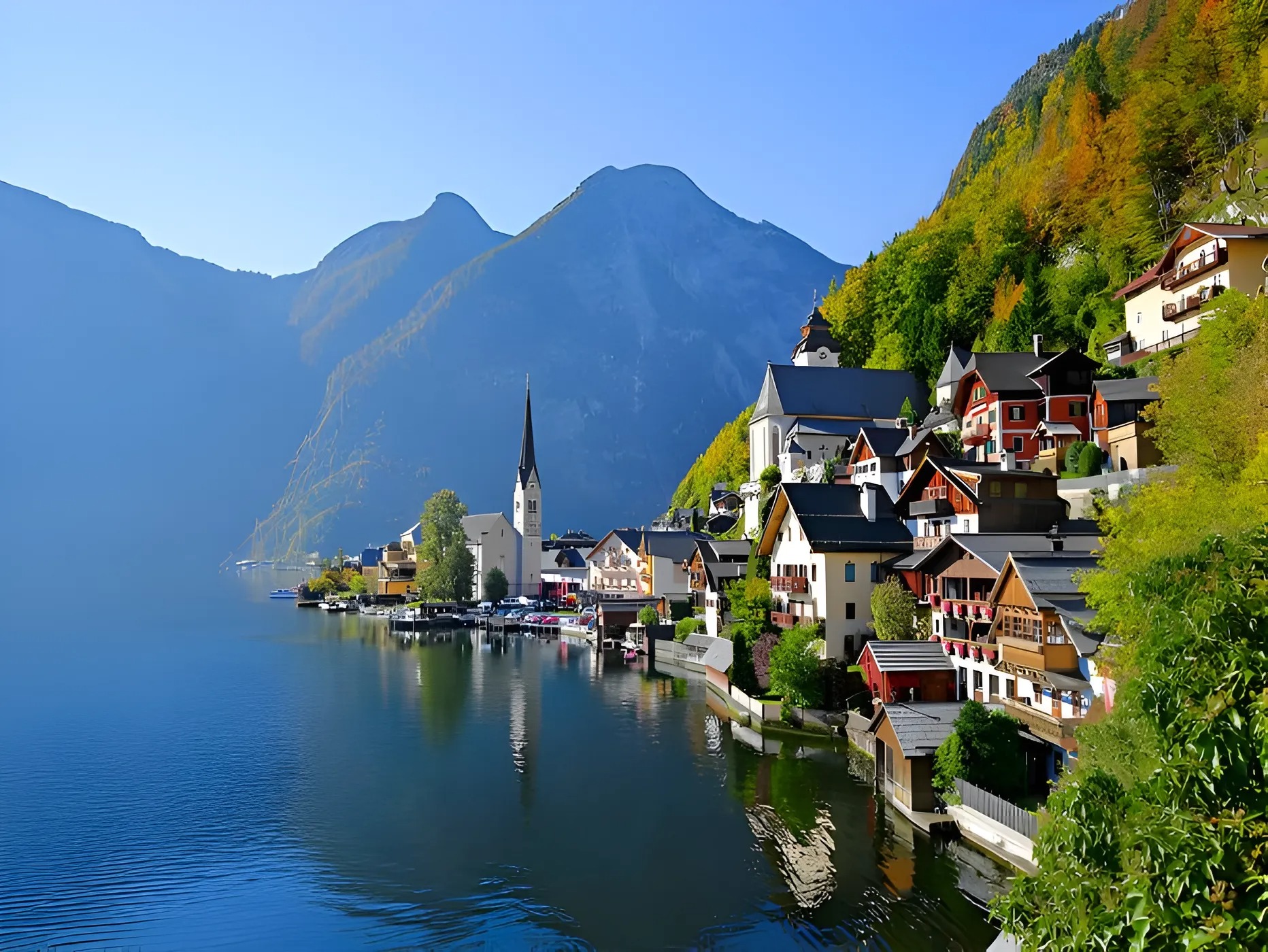As the world becomes increasingly aware of environmental issues, the concept of sustainable luxury homes is gaining traction. The luxury home building sector is evolving, merging opulence with eco-consciousness. Homebuyers are no longer satisfied with just aesthetics and high-end finishes; they are seeking homes that reflect their values, particularly when it comes to sustainability. This article explores the future of sustainable luxury homes, highlighting trends, innovations, and what to expect in this exciting intersection of luxury and environmental responsibility.
1. The Rise of Eco-Friendly Materials
One of the most significant trends in luxury home building is the use of eco-friendly materials. Homebuyers are increasingly interested in sustainable options that do not compromise on quality or aesthetics.
-
Recycled and Reclaimed Materials: Luxury homes are now incorporating recycled and reclaimed materials, such as reclaimed wood, recycled metal, and repurposed stone. These materials not only reduce waste but also add character and history to a home.
-
Sustainable Sourcing: Homebuilders are prioritizing materials sourced from sustainable practices. For instance, bamboo, a rapidly renewable resource, is becoming a popular choice for flooring and cabinetry. This shift not only benefits the environment but also appeals to buyers looking for unique and stylish options.
2. Energy Efficiency and Smart Technology
Energy efficiency is a cornerstone of sustainable luxury homes. The integration of smart technology is revolutionizing how homeowners manage energy consumption.
-
Smart Home Systems: Luxury home building is increasingly incorporating smart home systems that allow homeowners to monitor and control energy usage. From smart thermostats to automated lighting systems, these technologies help reduce energy consumption while enhancing convenience.
-
Renewable Energy Sources: Many luxury homes are now equipped with solar panels and other renewable energy sources. These installations not only lower utility bills but also contribute to a home’s sustainability credentials. As technology advances, homeowners can expect more efficient solar solutions that seamlessly integrate into the design of their homes.
3. Water Conservation Features
Water conservation is becoming a critical aspect of sustainable luxury home building. With growing concerns about water scarcity, luxury homes are incorporating innovative solutions to reduce water usage.
-
Low-Flow Fixtures: High-end bathrooms and kitchens are now featuring low-flow faucets, showerheads, and toilets that maintain performance while significantly reducing water consumption. These fixtures combine luxury with sustainability, ensuring that homeowners do not have to sacrifice comfort for conservation.
-
Rainwater Harvesting Systems: Some luxury homes are being designed with rainwater harvesting systems that collect and store rainwater for irrigation and other non-potable uses. This feature not only conserves water but also reduces the demand on municipal water supplies.
4. Biophilic Design Principles
Biophilic design, which emphasizes the connection between nature and the built environment, is gaining popularity in luxury home building. This approach enhances the well-being of occupants while promoting sustainability.
-
Natural Light and Ventilation: Luxury homes are increasingly designed to maximize natural light and ventilation. Large windows, skylights, and open floor plans create bright, airy spaces that reduce the need for artificial lighting and improve indoor air quality.
-
Indoor-Outdoor Living: Many luxury homes now feature seamless transitions between indoor and outdoor spaces. This design philosophy encourages homeowners to engage with nature, whether through expansive patios, gardens, or living walls filled with greenery.
5. Sustainable Landscaping
The landscaping of luxury homes is also evolving to reflect sustainable practices. Homeowners are recognizing the importance of creating outdoor spaces that are both beautiful and environmentally friendly.
-
Native Plantings: Sustainable landscaping often incorporates native plants that require less water and maintenance. These plants are well-suited to the local climate and provide habitats for local wildlife, enhancing biodiversity.
-
Edible Gardens: Many luxury homeowners are opting for edible gardens that allow them to grow their own fruits, vegetables, and herbs. This trend not only promotes sustainability but also encourages a healthier lifestyle.
6. Health and Wellness Features
The future of luxury home building is increasingly focused on health and wellness. Homebuyers are looking for features that promote physical and mental well-being.
-
Air Quality Systems: Advanced air filtration systems are becoming standard in luxury homes, ensuring that indoor air quality is optimal. These systems can remove allergens, pollutants, and other harmful particles, creating a healthier living environment.
-
Wellness Spaces: Many luxury homes now include dedicated wellness spaces, such as yoga studios, meditation rooms, or home gyms. These spaces encourage a healthy lifestyle and provide homeowners with a sanctuary for relaxation and self-care.
7. Community and Social Responsibility
As sustainability becomes a priority, luxury home builders are also focusing on community and social responsibility. Homebuyers are increasingly interested in how their homes impact the broader community.
-
Sustainable Communities: Many luxury developments are being designed with sustainability in mind, incorporating green spaces, walkable neighborhoods, and community amenities that promote a sense of belonging. These developments encourage residents to engage with their surroundings and foster a strong community spirit.
-
Philanthropic Initiatives: Some luxury home builders are partnering with local organizations to support community initiatives, such as affordable housing projects or environmental conservation efforts. This commitment to social responsibility resonates with buyers who value giving back to their communities.
Conclusion
The future of sustainable luxury homes is bright, with innovative designs and practices that prioritize both elegance and environmental responsibility. As the demand for eco-friendly living spaces continues to grow, architecture and design firms are rising to the challenge, creating homes that reflect the values of today’s discerning buyers. By embracing sustainable materials, energy-efficient technologies, and wellness-focused designs, the luxury home building sector is poised to redefine what it means to live in style while caring for the planet. As we look ahead, it’s clear that sustainable luxury is not just a trend; it’s the future of home design.
What People Also Ask
What is a sustainable luxury home?
A sustainable luxury home is a residence that combines high-end design and materials with eco-friendly practices. These homes prioritize energy efficiency, water conservation, and the use of sustainable materials while providing a luxurious living experience.
How can I make my luxury home more sustainable?
To make your luxury home more sustainable, consider incorporating energy-efficient appliances, using eco-friendly materials, installing solar panels, and designing for natural light and ventilation. Working with a knowledgeable architecture or interior design firm can help you achieve your sustainability goals.
What are the benefits of sustainable luxury homes?
Sustainable luxury homes offer numerous benefits, including lower utility bills, improved indoor air quality, enhanced comfort, and a reduced environmental impact. Additionally, these homes often have higher resale values due to their eco-friendly features.
How do I choose a luxury home builder focused on sustainability?
When selecting a luxury home builder, look for firms with experience in sustainable design and construction. Review their portfolio for eco-friendly projects, ask about their use of sustainable materials, and inquire about their commitment to energy efficiency.
What trends are shaping the future of luxury home building?
Current trends in luxury home building include the use of sustainable materials, smart home technology, biophilic design, wellness-focused spaces, and community-oriented developments. These trends reflect a growing awareness of environmental and social responsibility among homebuyers.



